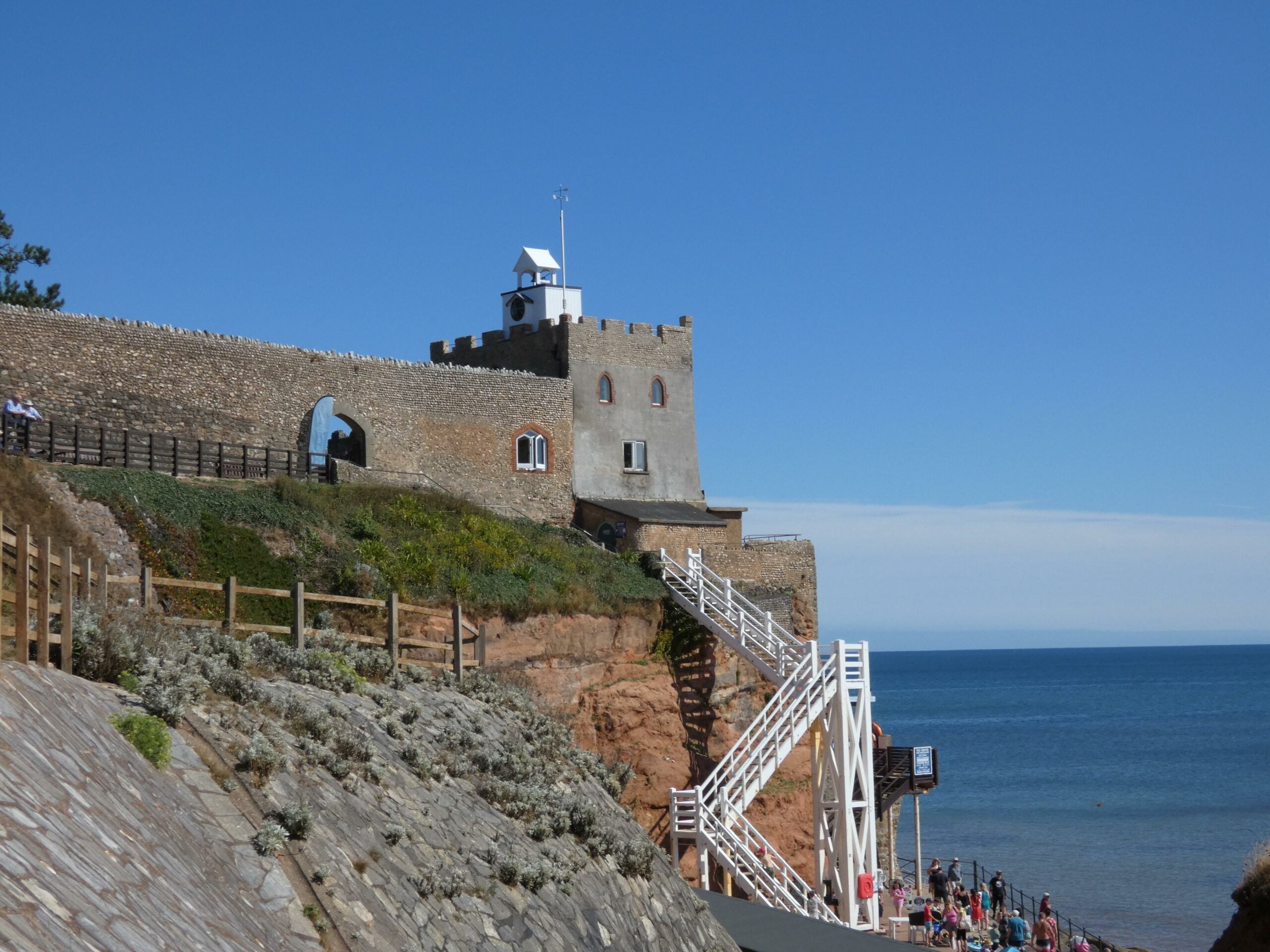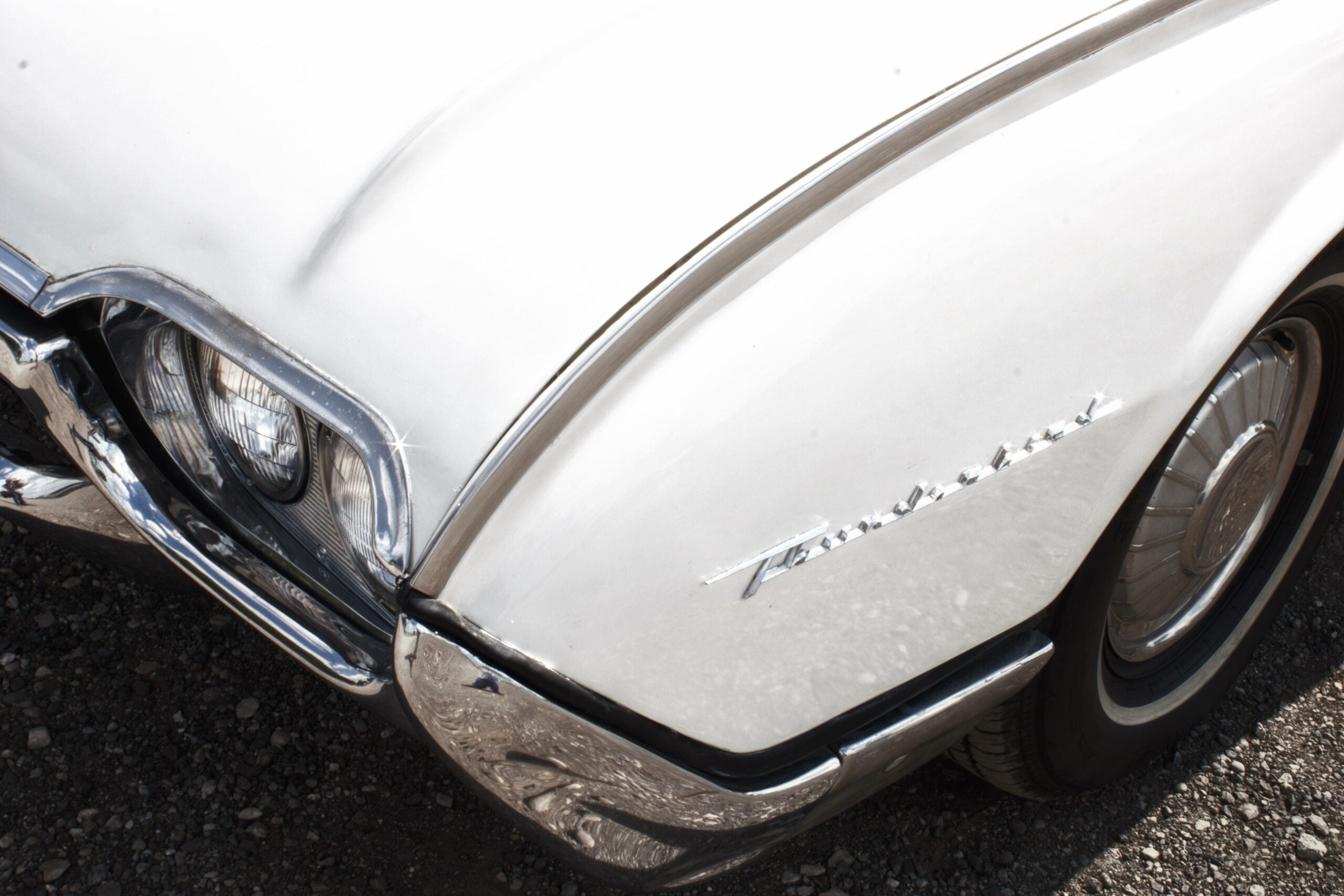Are you ready to embark on a fascinating journey through time and space? In this article, we will delve into the enigmatic world of ancient Near Eastern history and geographical analysis. But this is not your ordinary exploration – we are here to unravel the distance between two iconic locations that have captivated the minds of historians and biblical scholars alike. Join me as we venture into the depths of history to answer the question: How far was Jacob’s Well from Sychar? Prepare to be amazed as we use advanced mapping techniques, delve into ancient texts, and uncover the hidden truths of biblical history. Get ready, because the answers we’ll reveal are bound to reshape your understanding of the past!

How Far Was Jacob’s Well From Sychar
Let’s explore the fascinating question of how far Jacob’s Well was from the ancient city of Sychar. Situated near the field that Jacob gave to his son Joseph, this historical site holds immense importance in various religious traditions, including Judaism, Christianity, Samaritanism, and Islam. However, despite its religious significance, Judaism does not ascribe any particular importance to the well. But for the purpose of our discussion, let’s delve into its proximity to Sychar and shed light on its historical relevance.
To begin our quest, we must first understand the geographical landscape. Jacob’s Well can be found within the Eastern Orthodox church and monastery in Balata village, on the outskirts of Nablus in the West Bank. This location serves as our starting point, a gateway to uncovering the distance between Jacob’s Well and Sychar.
Now, let’s just imagine for a moment that we are standing at the entrance of the church, peering out into the ancient landscape. The distance between Jacob’s Well and Sychar is indeed intriguing, as it is merely half a mile. Yes, you read that right, a mere half a mile separates these two historically significant locations.
To truly grasp the significance of this proximity, let’s delve into the history a bit more. Sychar, now known as ‘Askar’, lies scarcely half a mile north of Jacob’s Well. This closeness suggests a strong connection between the two sites, bridging the gap between the ancient world and the narratives present in religious texts.
However, it is important to note that a difference exists between Sychar and another location called Sheckem. Sheckem, which is a mile and a half west of Jacob’s Well, should not be confused with Sychar. While both sites are close in distance to the well, Sychar holds the distinction of being the city near the well, while Sheckem lies further to the west.
Now that we have established the distance between Jacob’s Well and Sychar, it’s important to understand their historical relevance. Jacob’s Well, being associated with Jacob himself in various religious traditions, acts as a tangible link to the biblical past. It serves as a reminder of the stories and the cultural landscape that shaped the lives of people in ancient times.
To summarize, the distance between Jacob’s Well and Sychar is a mere half a mile, showcasing the close proximity of these two historically significant locations. Through the lens of ancient texts and utilizing advanced mapping techniques, we can unravel the significance of these sites and gain valuable insights into the rich tapestry of biblical history. As we continue our exploration of the mysteries of the biblical world, the proximity of Jacob’s Well to Sychar serves as a crucial piece of the puzzle, shedding light on the connections between the ancient past and the present.
“Through time and space, Jacob’s Well stands as a testament to the intertwining of history and faith, a window into the ancient world that still resonates in the modern day.”
Sychar, an ancient city nestled in the heart of Palestine, holds a mysterious allure that begs to be explored. From its rich history to its vibrant culture, there are countless facts about Sychar that will leave you captivated. Discover the secrets of this enigmatic city by clicking here: facts about sychar.
How Far Was Jacob’s Well From Sychar
When exploring the rich history of ancient sites, one cannot overlook the intriguing distance between Jacob’s Well and Sychar. The proximity of these two locations has prompted many to ponder the significance of their relationship. Are you curious to learn more about the measurement of the distance from Jacob’s Well to Sychar? Discover the compelling details by clicking here: distance between Jacob’s Well and Sychar. Delve into the fascinating insights surrounding the measurement and uncover the intriguing discoveries that await. Moreover, do you wonder about the proximity of Jacob’s Well to Sychar and desire to gain a deeper understanding of their connection? Click on this link: proximity of Jacob’s Well to Sychar to explore the captivating revelations that unfold. Embark on a journey of discovery and satisfy your curiosity regarding the enigmatic bond between Jacob’s Well and Sychar by exploring the measurement of the distance from Jacob’s Well to Sychar, available through this link: measurement of the distance from Jacob’s Well to Sychar.
Well: Unveiling the Historical Significance of a Sacred Site in Sychar
[youtube v=”ohN7QDUpBPI”]
Article:
The archaeological site of Jacob’s Well at Shechem is undoubtedly one of the most remarkable sites in the entire region of the Bible. Despite its significance, it remains relatively unvisited, primarily due to its location in the Palestinian area known as the West Bank. However, by examining the Gospel of John, specifically John chapter 4, we can unravel the historical importance of this sacred place.
According to the Gospel of John, Jesus, tired from his journey, stops at a town called Sychar in Samaria while traveling from Jerusalem to Galilee. It is here that Jacob’s Well is situated, approximately 41 miles north of Jerusalem in the valley below Mount Gerizim and near the ancient city of Shechem. Presently, Jacob’s Well and the ruins of Shechem lie within the Palestinian city of Nablus, with a church built over the well serving as a marker for its location.
The Gospel of John paints a vivid picture of Jesus sitting by the well, weary from his travels, as a Samaritan woman arrives to draw water. Jesus engages in a conversation with her, ultimately offering her a drink of Living Water. It is during this interaction that the woman expresses her awe at the depth of the well, stating, “the well is deep.” John’s account continues, highlighting the significant connection between Jacob’s Well and the ruins of the Old Testament city of Shechem, which were excavated by renowned archaeologist G. Ernest Wright. During the excavation, Wright measured Jacob’s Well and discovered it to be an astounding 151 feet deep.
The archaeological evidence at Jacob’s Well provides compelling support for its authenticity as the site referenced in John 4. The phenomenon of one structure being built upon another is a common characteristic of authentic archaeological sites. At Jacob’s Well, this phenomenon is evident in the layers of historical structures that have been stacked on top of the well. A modern church now stands above the well, which was preceded by a Crusader Church and an early Byzantine church. The remains of the Byzantine church’s mosaic floors can still be observed at the site today, further confirming the well’s identification as Jacob’s Well.
The preservation of the history surrounding Jacob’s Well is a result of the transmission of knowledge from generation to generation by the locals. This passing down of information is exemplified in the Gospel of John, where the Samaritan woman references Jacob as the well’s digger—a knowledge that persisted for over 1,800 years. This local awareness of the well’s origins, directly connected with the biblical text, has ensured the retention of its historical significance from the time of Jacob and his sons, through Jesus’ interaction with the Samaritan woman, up until the present day when Christians visit the site and commemorate it with the construction of a church.
Moreover, the continued usage of Jacob’s Well by the locals throughout the centuries further contributes to the preservation of its history. Water scarcity has always been a significant concern in the region, and having access to a reliable water source like Jacob’s Well is invaluable. The practicality of the well has allowed it to remain in use, ensuring that its association with Jacob and the events described in the biblical texts has not been forgotten. Even in photographs from the late 1800s, women can be seen drawing water from the well and carrying it back to their families, emphasizing the ongoing importance of the well in the lives of the locals.
Although Jacob’s Well is not explicitly mentioned by name in the Old Testament, the account of Jacob’s presence in the area is described in Genesis 33:18-19. The passage mentions Jacob’s arrival at the city of Shechem in Canaan and his campsite, which he acquired by purchasing a plot of ground from the sons of Hamor for one hundred pieces of silver. This purchase holds immense significance as Jacob is the grandson of Abraham, who was originally promised by God that his descendants would inherit the land of Canaan. Thus, Jacob’s possession of this land near Shechem further solidifies the connection between Jacob’s Well and the biblical narratives.
By examining the location of Jacob’s Well, which lies beneath a modern church, and comparing it to the ruins of Shechem, we can conclude that it aligns with the account in Genesis 33. The proximity of Jacob’s Well to the ancient city of Shechem, coupled with its spectacular depth and the transmission of knowledge from generation to generation, all contribute to its status as a tangible link to the past. It serves as a testament to the intertwining of history and faith, offering us a captivating glimpse into the ancient world that still resonates with us today.
In conclusion, Jacob’s Well at Shechem stands as a remarkable archaeological site whose historical and cultural significance cannot be overstated. Its ties to biblical narratives, its continuous usage throughout the centuries, and its enduring presence in the lives of locals all contribute to its captivating nature. The exploration of Jacob’s Well invites us to delve deeper into the tapestry of biblical history, unraveling the stories of our ancestors and the legacy they have left behind. So, come and witness the wonders of Jacob’s Well—a window into the ancient world that continues to inspire and inform our understanding of the past.
FAQ
Question 1: What is the historical significance of Jacob’s Well?
Answer 1: Jacob’s Well holds significant historical and religious importance. It is associated with Jacob from various religious traditions, including Jewish, Christian, Samaritan, and Muslim traditions. However, Judaism does not attribute any significance to the site according to Gurevich & Harani (2017). The well is situated inside an Eastern Orthodox church and monastery in Balata village on the outskirts of Nablus in the West Bank.
Question 2: Where is Jacob’s Well located?
Answer 2: Jacob’s Well is located in the city of Sychar, which is near the field that Jacob gave to his son Joseph. It is the site where Jesus had a conversation with a Samaritan woman as described in the Bible. The well is now situated inside an Eastern Orthodox church and monastery in Balata village on the outskirts of Nablus in the West Bank.
Question 3: What is the distance between Jacob’s Well and Sychar?
Answer 3: The distance from Jacob’s Well to Sychar is half a mile. Sychar, now called ‘Askar, lies scarcely half a mile north of Jacob’s Well. It is important to note that there is a difference between Sheckem and Sychar. Sheckem is located a mile and a half west of Jacob’s Well, while Sychar is situated half a mile north of the well.
Question 4: How does the proximity of Jacob’s Well to Sychar contribute to biblical history?
Answer 4: The proximity of Jacob’s Well to Sychar is significant in biblical history. By analyzing the geographical landscape and historical evidence, we can better understand the cultural context and shed light on intriguing questions, such as the relationship and historical relevance between these two locations. Exploring the distance between Jacob’s Well and Sychar can uncover a crucial aspect of biblical history.
Question 5: What techniques are used to analyze the distance between Jacob’s Well and Sychar?
Answer 5: Advanced mapping techniques and historical evidence are used to analyze the distance between Jacob’s Well and Sychar. These techniques involve studying ancient texts, conducting excavations in the region, and utilizing modern mapping tools. By combining these approaches, a comprehensive analysis can be provided, showcasing the distance between these two locations and their historical significance.
- Unveiling the Enigma: Mansoureh Khojasteh Bagherzadeh’s Public Appearances & Private Life in Iran - July 18, 2025
- Unveiling the Mystery: Mansoureh Khojasteh Bagherzadeh’s Husband: A Rare Glimpse into a Private Life - July 18, 2025
- Unveiling Masoud Khamenei’s Mother: Power, Influence, and Iran’s Future - July 18, 2025
















